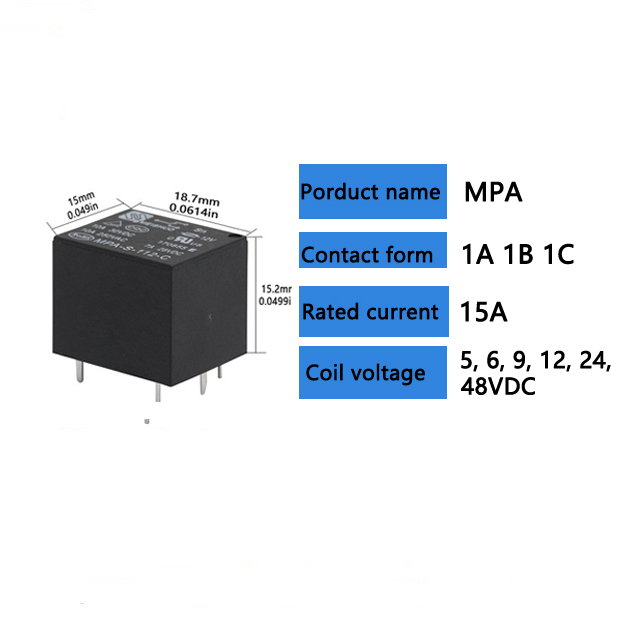optimizing relay selection in wireless networks: the role of meishuo technology
Release time:2025-03-25 05:52:43
Relay selection plays a crucial role in improving the performance of wireless communication networks, particularly in scenarios that require enhanced signal coverage, capacity, and reliability. In this context, Meishuo technology has emerged as an innovative solution, revolutionizing the way relay nodes are chosen and managed. This article explores the significance of relay selection in wireless networks and highlights how Meishuo technology contributes to optimizing this process.

Understanding Relay Selection
Relay selection is the process of choosing intermediate nodes, or relays, in a communication network to forward data between the source and destination. This is particularly important in wireless communication networks, where obstacles, interference, and distance can degrade signal quality. By strategically placing relays within the network, the overall coverage and communication efficiency can be significantly improved.
Relays function by receiving signals from the source node, amplifying or processing the data, and then forwarding it to the destination node. This process enhances signal strength, reduces interference, and ensures that the data reaches its intended recipient with minimal loss. The optimal placement and selection of relays are essential for ensuring the network’s reliability and performance.

